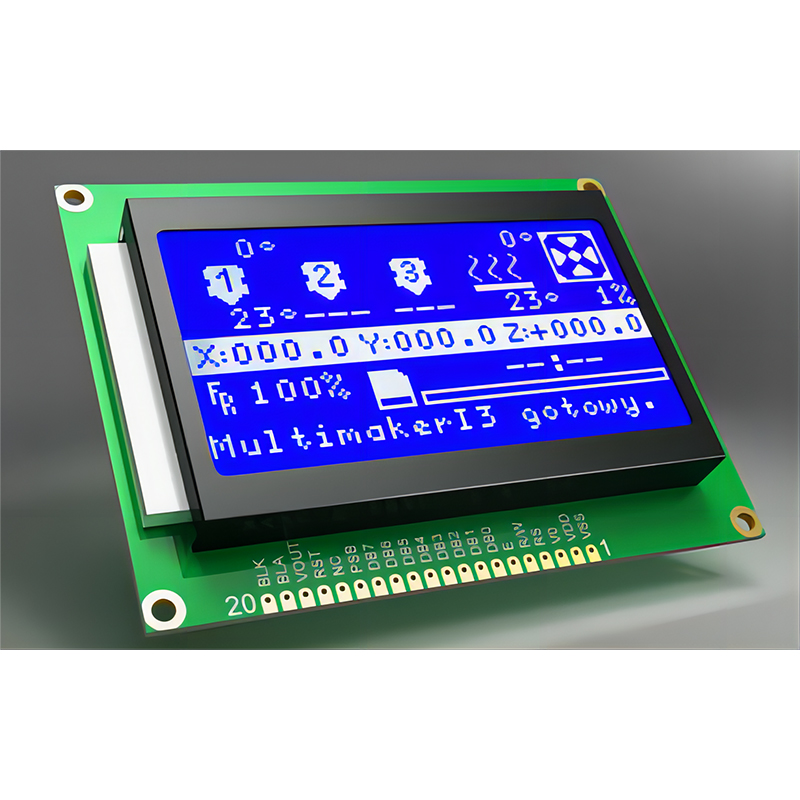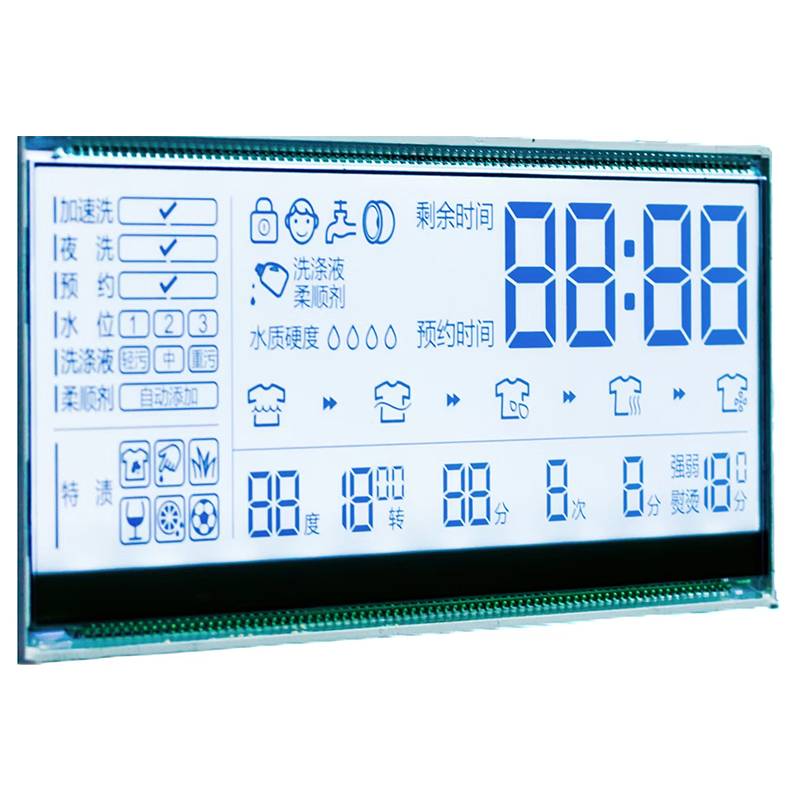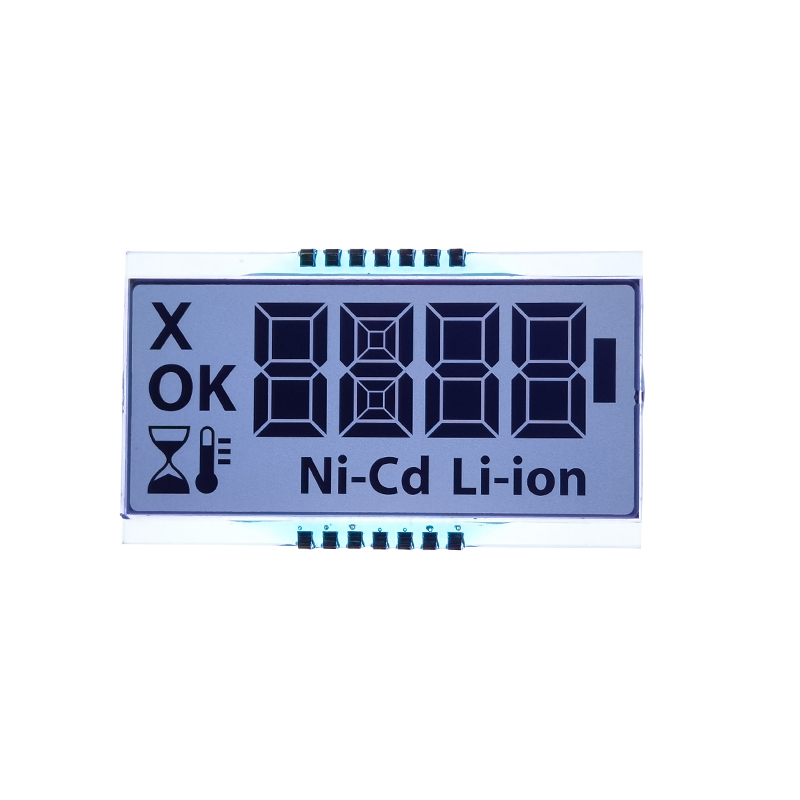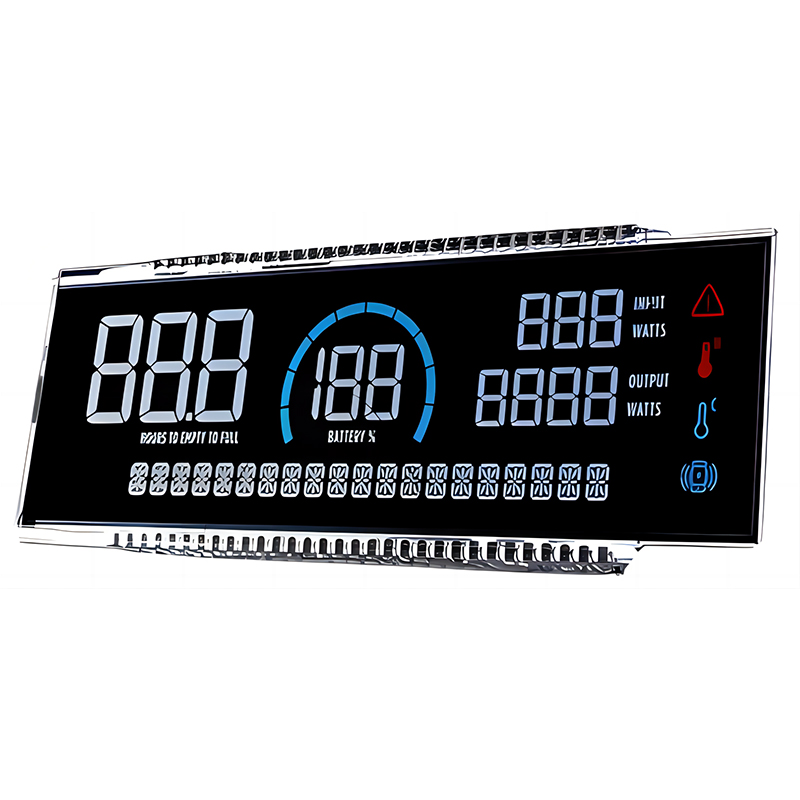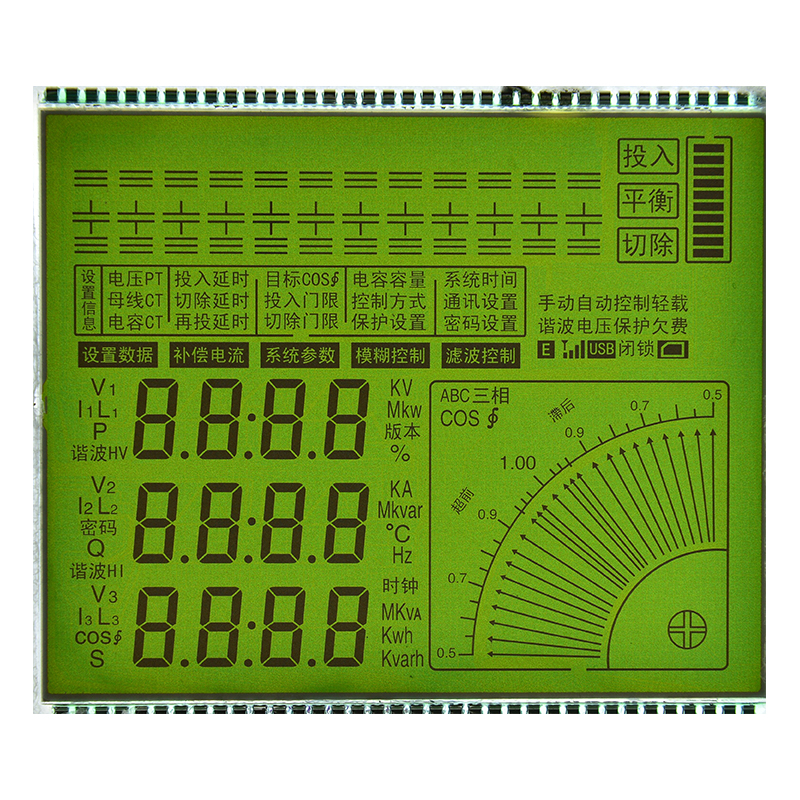
This guide helps you choose the perfect Arduino LCD screen for your project, covering various screen types, sizes, interfaces, and key features. We delve into the specifics, providing practical advice and comparisons to help you make an informed decision. Whether you're a beginner or experienced, you'll find valuable insights here to navigate the world of Arduino LCD screens.
Character LCDs display text characters only. They're simple, inexpensive, and ideal for basic applications like displaying sensor readings or simple menus. They typically use a parallel interface, requiring multiple Arduino pins. Common character sizes include 16x2 and 20x4 (characters x lines). While limited in graphical capabilities, their simplicity and low cost make them a popular choice for beginners.
Graphic LCDs (GLCDs) offer much greater versatility, allowing you to display both text and graphics. They're excellent for applications requiring images, custom icons, or more complex visual interfaces. Popular interface types include SPI and I2C. SPI generally offers faster data transfer rates, while I2C simplifies wiring by using fewer pins. Choosing between SPI and I2C depends on your project's needs and the complexity of your wiring. Resolution varies greatly, from small displays suitable for simple gauges to larger displays capable of showing complex images. Higher resolution often comes with increased cost and power consumption.
Color LCDs bring an additional dimension to your projects, allowing for more visually appealing displays. Similar to graphic LCDs, they use either SPI or I2C interfaces, but with the added complexity of color management. The color depth (number of bits per pixel) impacts the display's vibrancy and realism. Higher color depths result in richer colors but also demand more memory and processing power.
The ideal screen size depends entirely on your application. Small 1.8 or 2.2 displays are compact and energy-efficient, perfect for portable or space-constrained projects. Larger 3.5 or 5 displays provide more real estate for complex interfaces or detailed graphics. Resolution dictates the clarity and detail of your display. Higher resolution means sharper images and more information can be displayed at once but may impact frame rate and processing needs.
Beyond screen type and size, several key features influence your choice:
The market offers a broad range of Arduino LCD screens. Researching specific models from reputable manufacturers is vital. Consider reading reviews and comparing specifications before making a purchase. Many online retailers provide detailed product information and customer feedback, allowing you to compare different options effectively. Always check for compatibility with your chosen Arduino board before purchasing.
A common application for Arduino LCD screens is displaying sensor readings. A simple temperature sensor connected to an Arduino and a 16x2 character LCD can create a basic temperature display.
Selecting the best Arduino LCD screen involves carefully considering various factors. By understanding the different screen types, sizes, and key features, you can choose the optimal solution for your project. Remember to carefully review specifications and user reviews before purchasing to ensure compatibility and performance. Happy making!
| Feature | Character LCD | Graphic LCD | Color LCD |
|---|---|---|---|
| Cost | Low | Medium | High |
| Resolution | Limited (e.g., 16x2) | Variable (e.g., 128x64, 320x240) | Variable (e.g., 240x320, 480x800) |
| Display Capabilities | Text only | Text and graphics | Text, graphics, and color |
For a wide selection of high-quality LCD screens, consider exploring Dalian Eastern Display Co., Ltd. They offer a diverse range of options to suit various applications.


